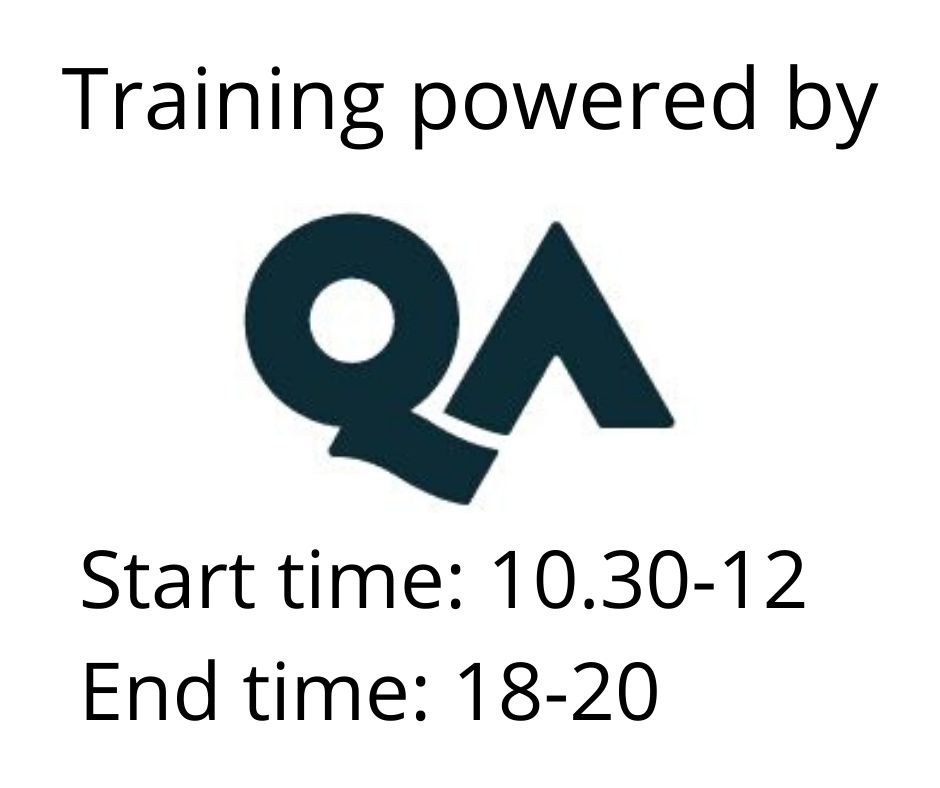Managing Virtual Machines with Red Hat OpenShift Virtualization – Virtual Training
Osallistumismuoto
Remote
Kesto
5 päivää
Hinta
4532 €
Create and manage virtual machines on OpenShift using the Red Hat OpenShift Virtualization operator
Managing Virtual Machines with OpenShift Virtualization teaches the essential skills required to create and manage virtual machines (VM) on OpenShift using the Red Hat OpenShift Virtualization operator. This course does not require previous knowledge of containers and Kubernetes.
This course provides:
- Skills required to create, access, and manage VMs on OpenShift clusters.
- Skills required to control usage and access of cpu, memory, storage, and networking resources from VMs using the same Kubernetes features that would also control usage and access to these resources for containers.
- Sample architectures to manage High Availability (HA) of VMs using standard Kubernetes features and extensions from OpenShift Virtualization.
- Strategies to connect VMs on OpenShift to data center services outside of their OpenShift cluster, such as storage and databases.
Course content summary
- Create VMs from installation media and disk images.
- Access text and graphical consoles of a VM.
- Connect to VMs using Kubernetes networking (services, ingress, and routes)
- Provision storage to VMs using Kubernetes storage (PVC, PV, and storage classes).
- Start, pause, and stop VMs.
- Clone and snapshot VMs.
- Connect VMs to external and extra networks (outside of the Kubernetes pod and service networks).
- Connect VMs to host storage and external storage.
- Ansible management of VMs.
- Create VMs from VM Templates.
- Audience for this course
- Virtual Machine Administrators interested in moving virtualized workloads from traditional Hypervisors to OpenShift Virtualization.
- Kubernetes Administrators (Cluster Administrators, Clusters Engineers) interested in supporting containerized and virtualized workloads in the same OpenShift cluster.
- Site Reliability Engineers interested in using GitOps and Ansible Automation to manage Virtual Machines on OpenShift.
Impact on the organization
OpenShift Virtualization allows organizations to realize operational savings by managing virtualized workloads and containerized workloads together using the same orchestration and clustering infrastructure provided by Red Hat OpenShift.
Deploying Virtual Machines (VMs) on OpenShift also eases integration of traditional server-based applications with more modern cloud-native applications and their supporting practices such as CI/CD, DevOps, and SRE to take advantage of quicker time-to-market and other benefits from these practices, without having to first redesign virtualized workloads as container-native workloads.
Impact on the individual
IT professionals will learn to deploy and manage virtualized workloads on OpenShift and manage these workloads using both traditional ways, such as SSH and Ansible, and also modern DevOps practices, such as GitOps and CI/CD
Recommended next exam or course
VM Administrators using OpenShift Virtualization require deeper Kubernetes and OpenShift skills than provided by DO316, even if they do not intend to manage containerized, cloud-native applications, and these skills are provided by existing OpenShift Administration courses:
- Red Hat OpenShift Administration II: Operating a Production Kubernetes Cluster (DO280) is also a recommended follow-up course for security and resource management of OpenShift projects.
- Red Hat OpenShift Administration III: Scaling Kubernetes Deployments in the Enterprise (DO380) and Enterprise Kubernetes Storage with Red Hat OpenShift Data Foundation (DO370) are recommended follow-up courses for node, storage, and security management of OpenShift clusters.
- Red Hat OpenShift Installation Lab (DO322) is a recommended follow-up course for installing and configuring OpenShift clusters.
Linux skills are not required to managing OpenShift clusters and OpenShift Virtualization but managing individual Linux VMs requires Linux sysadmin skills provided by:
- Red Hat System Administration I (RH124) and Red Hat System Administration II (RH134) for managing the OS inside a Linux VM.
- Red Hat Linux Automation with Ansible and exam (RH295) for using Ansible to manage the OS inside a Linux VM.
Take our free assessment to gauge whether this offering is the best fit for your skills.
Red Hat OpenShift I: Containers & Kubernetes (DO180) and is recommended but not required.
Introduction to OpenShift Virtualization
Describe the features and use cases of OpenShift Virtualization.
Run and access Virtual Machines
Create, manage, inspect, and monitor virtual machines in Red Hat OpenShift Virtualization.
Configure Kubernetes network for Virtual Machines
Configure standard Kubernetes network objects and external access for VMs and virtual machine-backed applications.
Connect Virtual Machines to external networks
Configure node networking to connect virtual machines and nodes to networks outside the cluster.
Configure Kubernetes storage for Virtual Machines
Manage storage and disks for VMs in Red Hat OpenShift.
Virtual Machine template management
Create and manage templates to provision virtual machines.
Advanced Virtual Machine management
Snapshot, clone, and live migrate a virtual machine and initiate node maintenance.
Configure Kubernetes high availability for Virtual Machines
Configure Kubernetes resources to implement high availability for virtual machines.
Hinta 4532 € +alv
Pidätämme oikeudet mahdollisiin muutoksiin ohjelmassa, kouluttajissa ja toteutusmuodossa.
Katso usein kysytyt kysymykset täältä.
